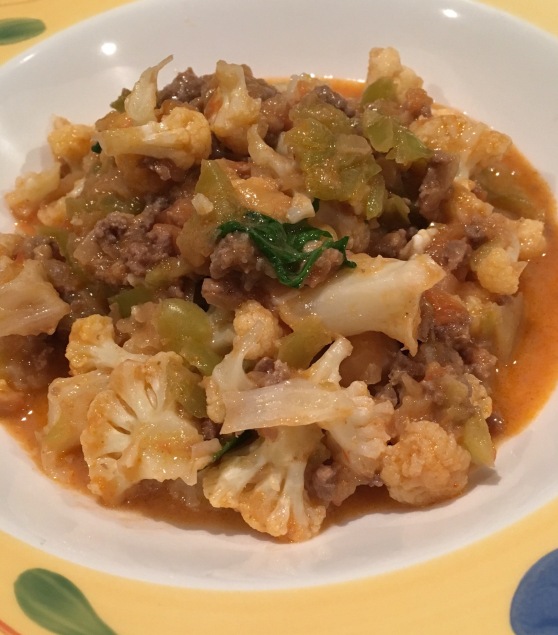 Today marks the anniversary of my kid’s first big-screen movie, Disney’s Frozen. In the days following, she (then 2) ran around in circles – and in a tutu – singing, “fwozen fwactals all ah-wound…”
Today marks the anniversary of my kid’s first big-screen movie, Disney’s Frozen. In the days following, she (then 2) ran around in circles – and in a tutu – singing, “fwozen fwactals all ah-wound…”
It’s marvelous and inspiring when lyricists and children’s writers aren’t afraid of using more challenging vocabulary, like the word fractal. Kids are sponges – they can get it, we just have to give them a chance. And thanks to the writing team, Robert Lopez and Kristen Anderson-Lopez, my kid had a new and unlikely word in her vocabulary…and she wasn’t afraid to wield it.
So here’s an unlikely segue – cauliflower is a fractal, an object with the incredible attribute of having its large-scale pattern continuously recur at progressively smaller scales. Now there’s something to chew on – and so I bring you Anne’s cauliflower stew, karnΙbahar musakka.
- 1 large head of cauliflower, rinsed, soaked, and broken into bite-sized pieces
- 1 small yellow onion, diced
- 1/4 lb ground beef
- 2 cubanelle peppers, diced
- 2 small tomatoes, peeled and diced
- 2 tbspn tomato paste
- 2 tbspn olive oil
- 2 tsp salt
- 1/2 c hot water
- egg sauce
Instructions
- sauté olive oil and diced onion on medium heat, until they are pembe (=pink, caramelized)
- add chopped meat, continue to sautee over medium heat
- add pepper, tomatoes, and tomato paste
- add salt
- cover, simmer, 5 minutes
- add cauliflower
- add 1/2 cup of hot water
- cover, simmer, 20 minutes
- make egg sauce
- turn off heat of cauliflower
- slowly add hot juice of cauliflower to the egg sauce, and then pour and mix into the big pot




